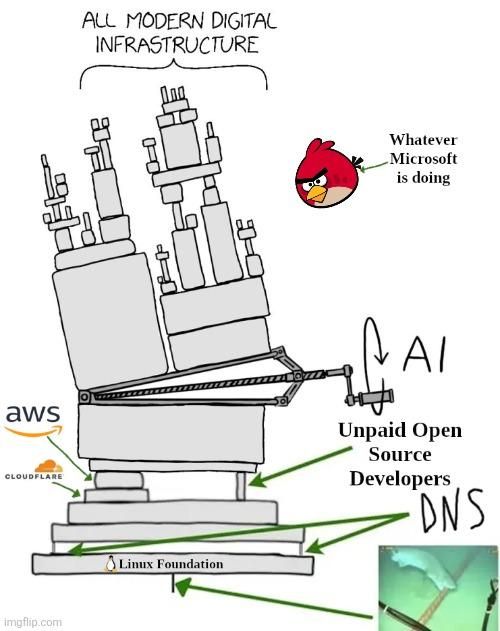

With @tomtom-auer.bsky.social team, we asked how #evolution reshapes what animals #eat to match their ecological niches. Using pan-neuronal Ca2+ imaging, we show that the changes are in how the brain processes #taste.
Link @nature.com: www.nature.com/articles/s41...

With @tomtom-auer.bsky.social team, we asked how #evolution reshapes what animals #eat to match their ecological niches. Using pan-neuronal Ca2+ imaging, we show that the changes are in how the brain processes #taste.
Link @nature.com: www.nature.com/articles/s41...
New research from EMBL and @Stanford shows how centromeres retain their function despite their rapid rate of change, and the evolutionary constraints that govern this process.
www.nature.com/articles/s41...

New research from EMBL and @Stanford shows how centromeres retain their function despite their rapid rate of change, and the evolutionary constraints that govern this process.
www.nature.com/articles/s41...
The findings expand our understanding of how alternative genetic codes evolve and hint at new molecular tools for biotechnology applications. https://scim.ag/4omApQ7

The findings expand our understanding of how alternative genetic codes evolve and hint at new molecular tools for biotechnology applications. https://scim.ag/4omApQ7
The HFSP Masterclass is in full swing 🇨🇿 — welcoming early career researchers from Central Europe to explore HFSP funding, frontier science, and international collaboration.
#HFSPmasterclass #HFSP #GlobalScience #ScienceWithoutBorders
🧪 #sts




The HFSP Masterclass is in full swing 🇨🇿 — welcoming early career researchers from Central Europe to explore HFSP funding, frontier science, and international collaboration.
#HFSPmasterclass #HFSP #GlobalScience #ScienceWithoutBorders
🧪 #sts
Chirality is known to be important for the movement of microorganisms and active matter. In our new paper out today in @natphys.nature.com, we show that chirality is used by malaria parasites to control their motion patterns:
doi.org/10.1038/s415...
Here comes a 🧵 ... (1/9)
Chirality is known to be important for the movement of microorganisms and active matter. In our new paper out today in @natphys.nature.com, we show that chirality is used by malaria parasites to control their motion patterns:
doi.org/10.1038/s415...
Here comes a 🧵 ... (1/9)
www.biorxiv.org/content/10.1...
Revision work lead by @longweibai.bsky.social
Our work reveals how the #microbiota helps buffer #malnutrition: L. plantarum sustains intestinal activity of the steroid hormone ecdysone, expanding the midgut and supporting systemic growth.


www.biorxiv.org/content/10.1...
Revision work lead by @longweibai.bsky.social
Our work reveals how the #microbiota helps buffer #malnutrition: L. plantarum sustains intestinal activity of the steroid hormone ecdysone, expanding the midgut and supporting systemic growth.
www.embopress.org/doi/full/10....

www.embopress.org/doi/full/10....

forum.image.sc/t/bigvolumeb...

www.science.org/doi/10.1126/...

www.science.org/doi/10.1126/...
arxiv.org/abs/2511.15304
Like magic spells, you need to use the correct pentameter or the demon won't listen

arxiv.org/abs/2511.15304
Like magic spells, you need to use the correct pentameter or the demon won't listen
It ships many new features, detailed below, but that are articulated around the following:

It ships many new features, detailed below, but that are articulated around the following:

www.nature.com/articles/s41...





Is it sponges (panels A & B) or comb jellies (C & D) that root the animal tree of life?
For over 15 years, #phylogenomic studies have been divided.
We provide new evidence suggesting that...
🔗: www.science.org/doi/10.1126/...



www.nature.com/articles/d41...




